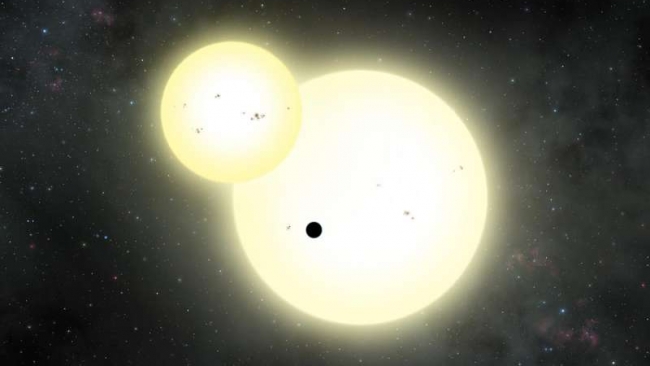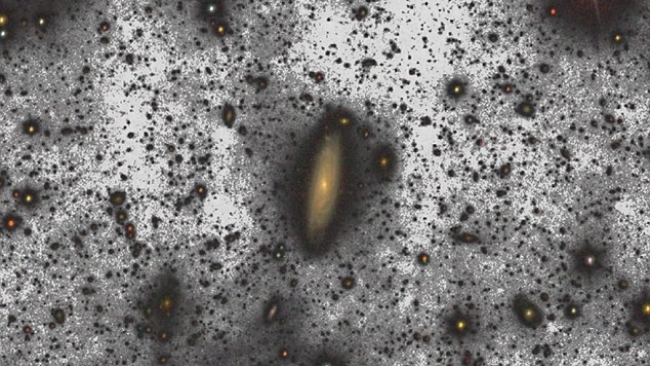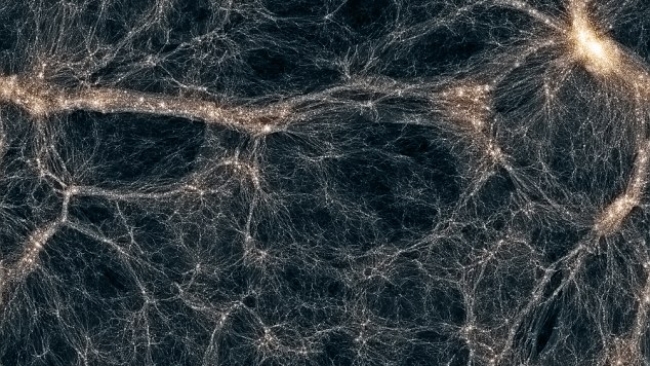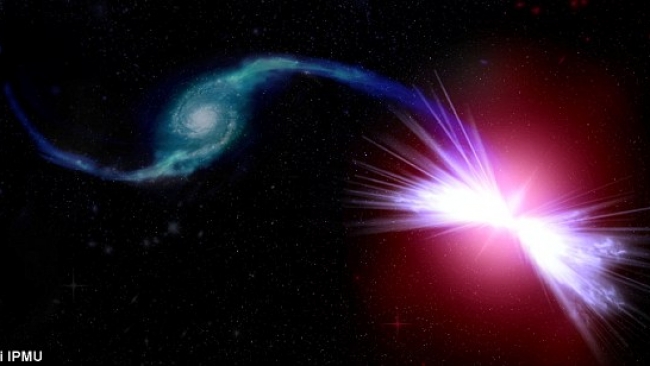Einstein’s general theory of relativity used to map universe
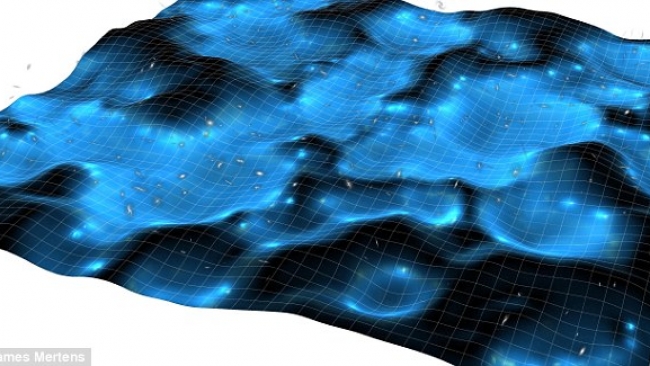
The known universe stretches more than 46 billion light years away from us on Earth and is thought to have been expanding for more than 13.8 billion years. But now Albert Einstein's general theory of relativity could finally allow scientists to model the vast expanse of space in its entirety for the first time. They have created two computer models that they hope will lead the most detailed maps of our universe ever created.
It is the first time that Einstein's theory, which explains how gravity arises from the curvature of space and time, has been fully applied in this way.
Although the German physicist first developed the theory 100 years ago, the equations needed to model the universe are so complex it has prohibited such maps from being created in the past.
But using high powered computing, researchers have been able to create models that help to account for the effects of the clumping of matter in some regions and the lack of it in others.
Dr Marco Bruni, an astrophysicist at Portsmouth University, said: 'Over the next decade we expect a deluge of new data coming from next generation galaxy surveys, which use extremely powerful telescopes and satellites to obtain high-precision measurements of cosmological parameters.
'To match this precision we need theoretical predictions that are not only equally precise, but also accurate at the same level.
'These new computer codes apply general relativity in full and aim precisely at this high level of accuracy, and in future they should become the benchmark for any work that makes simplifying assumptions.'
The researchers are constructing their models in an attempt to answer whether small-scale structures in the universe produce effects on larger distance scales.
For example black holes can send out ripples across space and time. Both found that to be the case but there were departures from previous simulations that have attempted to average the universe.
Instead the impacts change depending on the universe's lumpy nature. The researchers, whose papers have been published on the open source website arXiv, say computer simulations employing the full power of general relativity are the key to producing more accurate results and perhaps new or deeper understanding.
Professor Glenn Starkman, director of the Institute for the Science of Origins at Case Western Reserve University, said: 'No one has modelled the full complexity of the problem before. 'These papers are an important step forward, using the full machinery of general relativity to model the universe, without unwarranted assumptions of symmetry or smoothness.
'The universe doesn't make these assumptions, neither should we.' Their approach should also provide greater accuracy phenomena such as gravitational lensing.
Source: Daily Mail
Fri 24 Jun 2016 at 10:12
